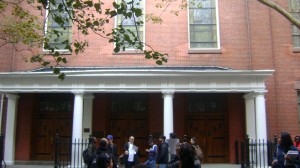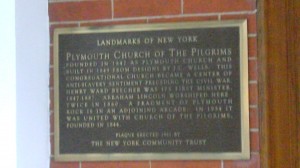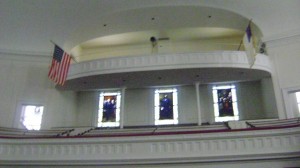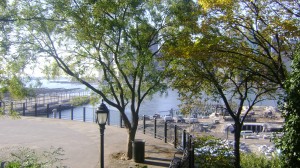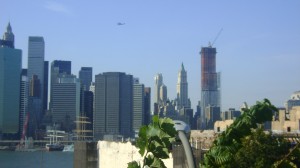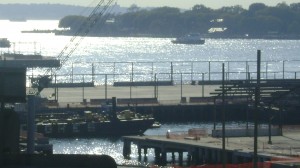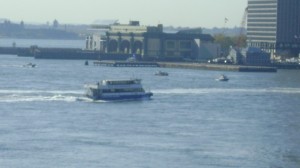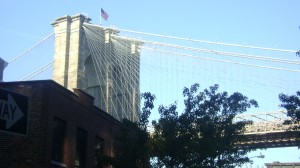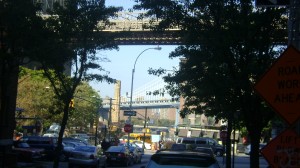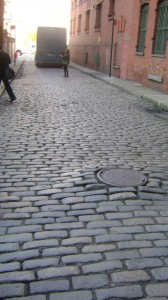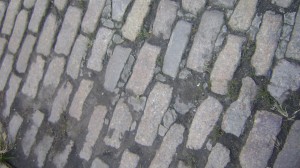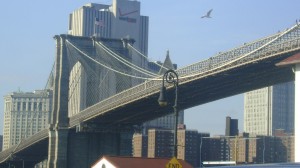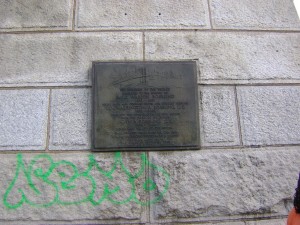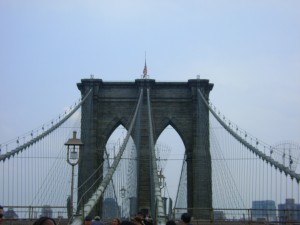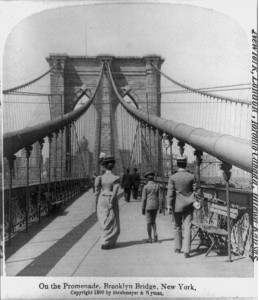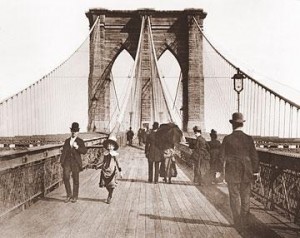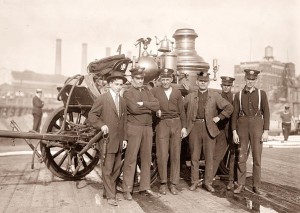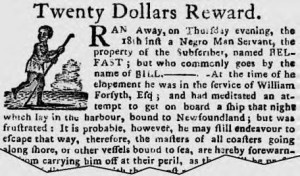Published by Koharu on 01 Jun 2010
Camden Trip
Despite having taken at least 200 photo’s, filmed at least 30 minutes worth of video and helping to contribute to a semesters worth of well researched, creative Whitman related projects, I’ve actually had quite a bit of trouble writing this post.
Although I was the only Tech student able to attend the Whitman Conference, there was a diverse mix of opinions, cultures and presentations that somehow managed to include all aspects of the project. For example the students from Novi Sad translated Whitman’s poems into Serbian while the students from Mary Washington came up with a mix of Papers, Poems and Video Projects.
But I’m getting ahead of myself. To start with, the train ride over was absolutely gorgeous. Looking out the window, I saw streams, open fields and old buildings – things you don’t see that often in the city (At least not without having to pay or wander deep into the middle of a large park).
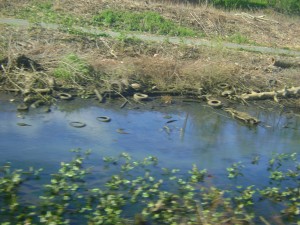
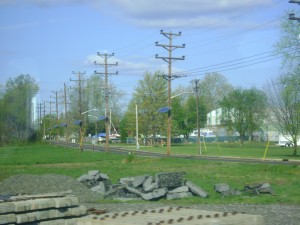
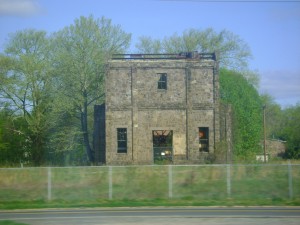
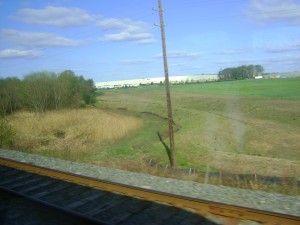
In a way, there was a physical time line along the tracks. The closer we got to Camden, the older the buildings. Most of the remaining structures were churches, mansions or old factories.
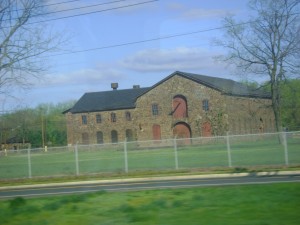
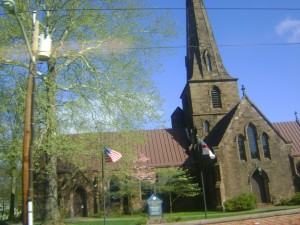
The Camden Campus was everything you’d expect from a dorm college. Besides large yet somehow unimposing buildings that housed classes, the campus was large with plenty of areas to lounge around or study outside of class, and of course a Starbucks because far and few between are the college students who can go the entirety of their academic career without coffee.
After a short wait, the rest of the students arrived and I was finally able to put faces to some of the writers whose work I’d read over the semester. It’s one thing to see an image of a person online, but it’s completely different to meet them in person.
There was a Whitman statue on campus that everyone stopped to look at on the way to the campus center to lounge, talk about our experience and wait for pizza.
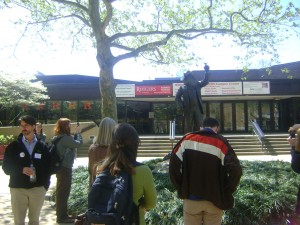
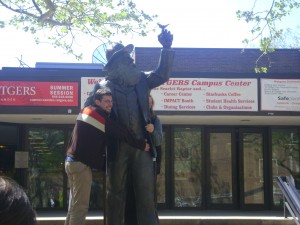
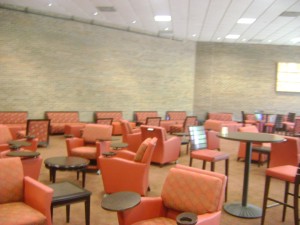
The lounge in the Camden Campus Center
Everyone I talked with agreed that the project and the various types of work that went into it were completely new and challenging experiences. Personally that surprised me since most of the students were english majors and graduating ones at that. However challenging the class was, everyone’s opinion of the course was the same. The Looking for Whitman project was something that made the college experience unique not only for the students, but for the professors as well. The mixing of technology – blogging, tweeting and making use of social networking- with classic poetry made for a class that produced work as original and quirky as Whitman himself.
A perfect example of that is Sam P’s final video project ‘In search of Wendell Slickman’ which mixed the life of Elvis Presley with Walt Whitman’s which as unlikely as the idea sounds, works perfectly.
We watched Sam’s project along with the presentation of a few others over pizza before hopping on the bus to take a tour of Whitman’s final home at 328 Mickle Street.
No cameras were allowed inside the house, but everything in it was photo worthy. Chairs that Whitman sat in, the stove he cooked on, the stairs he walked up and the bed he slept in – we got to see it all and experience Whitman in a way you can’t get just by reading his work. I couldn’t get any pictures of inside, but I got plenty of photos outside the house and of his garden.
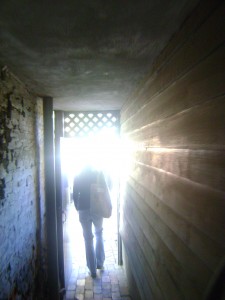
From Whitman's back yard into the light
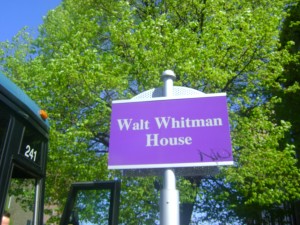
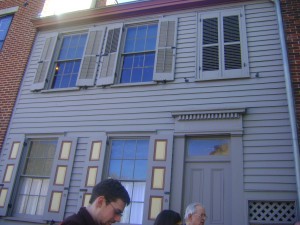
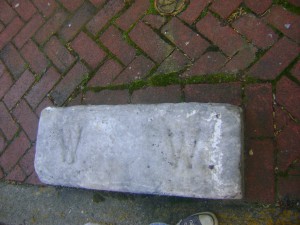
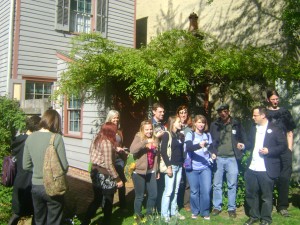

The trip didn’t end here. After visiting Whitman’s home we went to the only other place in Camden where we could feel a physical connection to him – his grave.
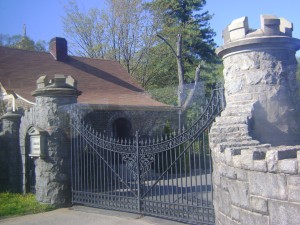 Unfortunately the Cemetery was closed, but that didn’t stop us from getting in to see Whitman. A conveniently placed and obviously well used hole in the fence allowed us to get to the final resting place of the great writer and bring some closure to the semester. The area in which Whitman and his family are interred is absolutely beautiful.
Unfortunately the Cemetery was closed, but that didn’t stop us from getting in to see Whitman. A conveniently placed and obviously well used hole in the fence allowed us to get to the final resting place of the great writer and bring some closure to the semester. The area in which Whitman and his family are interred is absolutely beautiful.
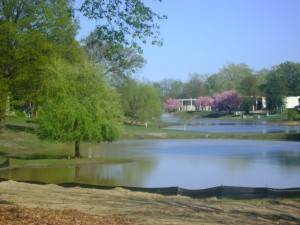
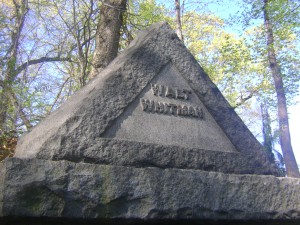
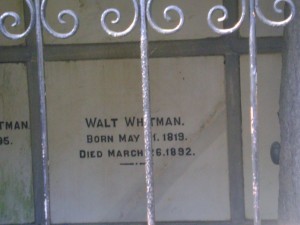
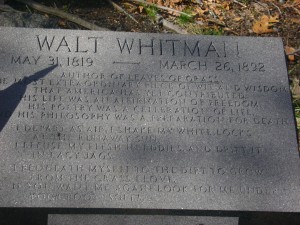
It was an emotional moment for many of the students as we took turns reading the last few lines of Whitman’s ‘Song of Myself’. Reading one of Whitman’s greatest works in a place where he could be truly felt brought some closure to what has been the most challenging and rewarding project I’ve ever participated in. The Looking for Whitman project was a long journey that led many a student in frustrating circles, searching for some link to Whitman to make his presence more tangible than just some old writer remembered only through his books and honestly I don’t think anyone could phrase it better than Whitman himself:
Failing to fetch me at first, keep encouraged;
Missing me one place, search another;
I stop somewhere, waiting for you.
– Walt Whitman “Song of Myself”
